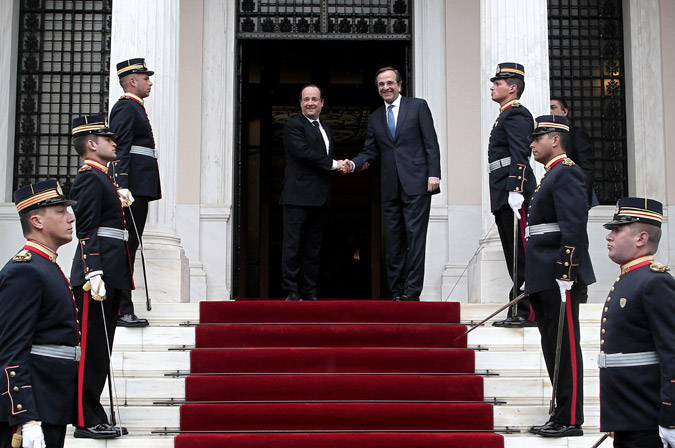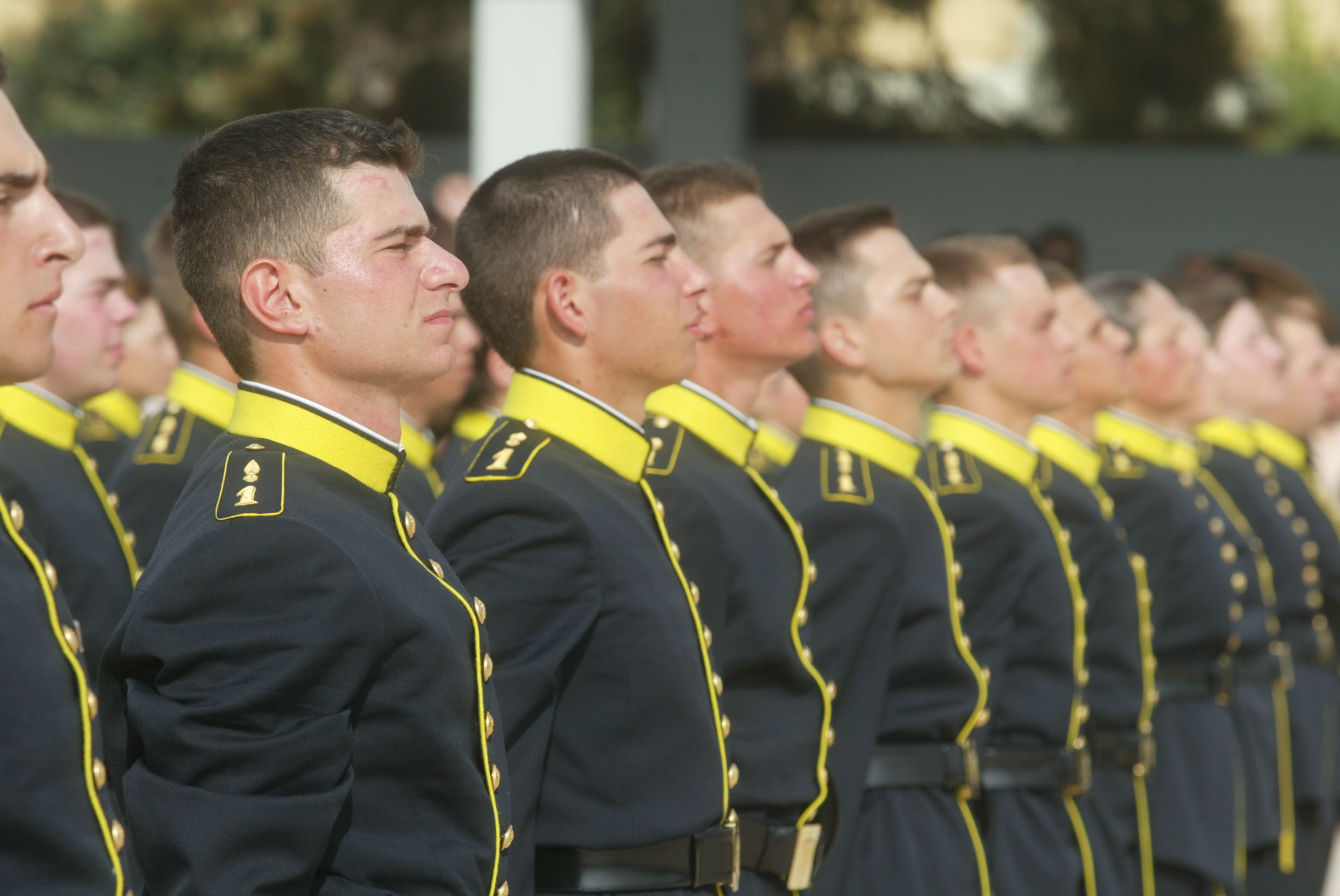
Ελληνικός Στρατός 1975-2010 :: Στολές-Επωμίδες :: 1990 ΕΛΛΗΝΙΚΗ ΣΤΟΛΗ ΣΧΟΛΗΣ ΕΥΕΛΠΙΔΩΝ 4oν ETOΣ - Προϊόντα johns-military.gr
Ευέλπιδες μιλάνε για την στολή και τα ιδανικά τους! Δείτε τους στο ΒΙΝΤΕΟ να παρουσιάζουν "Τι είναι Εύελπις"

Ελληνικός Στρατός 1975-2010 :: Στολές-Επωμίδες :: 1978 ΕΛΛΗΝΙΚΗ ΣΤΟΛΗ ΣΧΟΛΗΣ ΕΥΕΛΠΙΔΩΝ 4oν ETOΣ - Προϊόντα johns-military.gr

Jean Henri Pierre Auguste Pauzié-Banne, ιδρυτής και πρώτος διοικητής της Στρατιωτικής Σχολής Ευελπίδων - Εταιρεία για τον Ελληνισμό και τον Φιλελληνισμό

Βάσεις 2021: Γυναίκα η πρώτη των πρώτων στη Στρατιωτική Σχολή Ευελπίδων με 18.846 μόρια - The Mamagers.gr

Ανακαίνιση Κτιριακών Υποδομών της Σχολής Ευελπίδων και Υποτροφίες σε Έλληνες Αξιωματικούς, με Δωρεά του ΙΣΝ - Ίδρυμα Σταύρος Νιάρχος

Ελληνικός Στρατός 1950-1974 :: Στολές :: 1955 ΕΛΛΗΝΙΚΗ ΣΤΟΛΗ ΣΧΟΛΗ ΕΥΕΛΠΙΔΩΝ ( ΔΙΑΣΤ/ ΟΜΟΣ . 42- ΕΚ / ΜΑΝΙΚΙ. 58 - ΕΚ. ) - Προϊόντα johns-military.gr

















